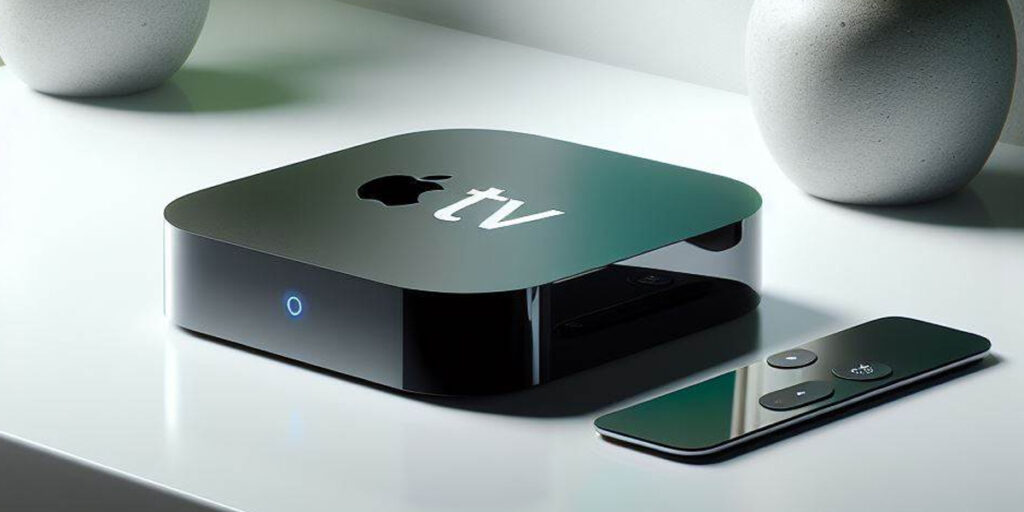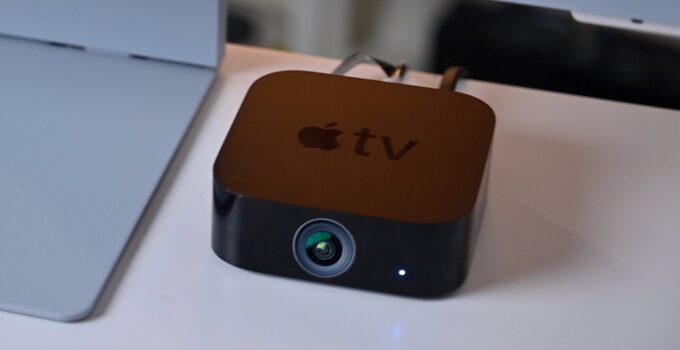Apple TV’s Future: Built-in Camera and Beyond. Apple is reportedly on the cusp of revolutionizing the Apple TV experience by integrating a camera into its next iteration, potentially transforming how users engage with video calls and interactive features. According to insights from Bloomberg’s Mark Gurman, this new development aims to incorporate FaceTime and other video calling applications directly into the Apple TV, enhancing connectivity and interaction for users right from their living rooms.
Apple’s 2024 iPad Lineup: What to Expect
The potential inclusion of a built-in camera in a future Apple TV model marks a significant leap forward, suggesting a move towards more integrated and standalone capabilities. Historically, making video calls via the Apple TV required the use of the rear camera on a connected iPhone or iPad. This innovation would eliminate the need for such external devices, offering a more seamless and user-friendly approach to video communication.
Gurman’s revelations in his Power On newsletter hint at even more futuristic features, including “gesture-based controls,” though details remain sparse. This development raises intriguing possibilities about how users might interact with their Apple TV, extending beyond traditional remote controls to more intuitive, physical gestures.

The introduction of tvOS 17, alongside updates like iOS 17 and macOS Sonoma, brought about the ability to use hand gestures during video calls in FaceTime and other apps, introducing playful 3D effects to enrich the calling experience. Whether these are the gestures Gurman refers to, or if Apple plans to unveil new, innovative control schemes for tvOS, remains to be seen.
Beyond enhancing the Apple TV, Gurman’s report suggests Apple’s broader ambitions in the smart home arena. Among the concepts under consideration is a “lightweight smart display,” envisioned as a versatile, portable device that could be used anywhere in the home, further integrating Apple’s ecosystem into daily life.
This smart display, akin to a simplified iPad, could be easily moved and docked in charging hubs around the house, embodying Apple’s vision for a connected, accessible home environment. Though in early test production stages, the decision to proceed with this product has yet to be finalized, underscoring the exploratory phase of Apple’s smart home strategy.
Apple’s plans for the smart home extend to automating household functions, with the next-generation Apple TV and its built-in camera playing a central role. This device is expected to work in harmony with both the iPhone and Vision Pro, Apple’s ventures into wearable technology, suggesting a cohesive, interconnected ecosystem.
As anticipation builds for the new Apple TV, projected for release in the first half of 2024, questions linger about the timing and specifics of the camera integration. Whether this feature will debut in the upcoming model or is slated for a future release remains uncertain.
Apple’s exploration into gesture-based controls and smart home technologies represents a bold vision for the future, one where devices are not only interconnected but also intuitively responsive to user needs. As the tech giant continues to innovate, the potential for transformative changes in how we interact with technology and our living spaces grows ever more promising.
In summary, Apple’s reported developments for the Apple TV and beyond hint at a future where technology seamlessly blends into our daily lives, offering new ways to communicate, control, and connect within our homes. As we await further details, the prospect of these innovations promises to redefine the landscape of home entertainment and smart home integration.



